
The world’s first underwater museum, from underwater naturalist, Jason deCaires Taylor.
Originating from an innate obsession for the ocean and fluidity in art, comes to the world the second online art exhibition from the UK’s Whytt magazine, ‘Beauty In Wonderland.’ Shining “a spectrum of light on the core values of sustainability and education, flourished by illustration, design, and sculpture,” the curators and collaborators worked hard to advocate raising awareness and create a huge social impact for the preservation of marine species. The showcase themed “21 Wonders of the World” that runs online from October 1st, to November 26th features the works of 10 artists of varying mediums:
Nikoline Liv Andersen, Danish artist who plunges into the realm of prismatic reflections with 3D sculptural installations sparked by engineering and interaction experience.
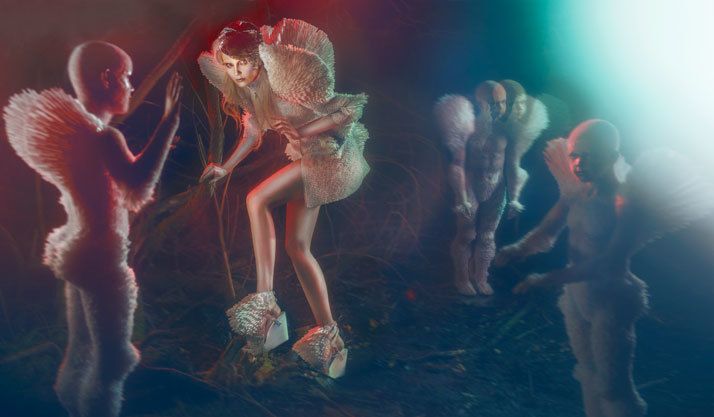
An Eden of celestial beauty emblazoned by a nostalgic aura from artist, Nikoline Liv Andersen.
Sarah Tompkins, whose works disclose her feelings of displacement in a series of oil paintings, developed as a means of confronting a prolonged period of severe illness and loss in her personal history.
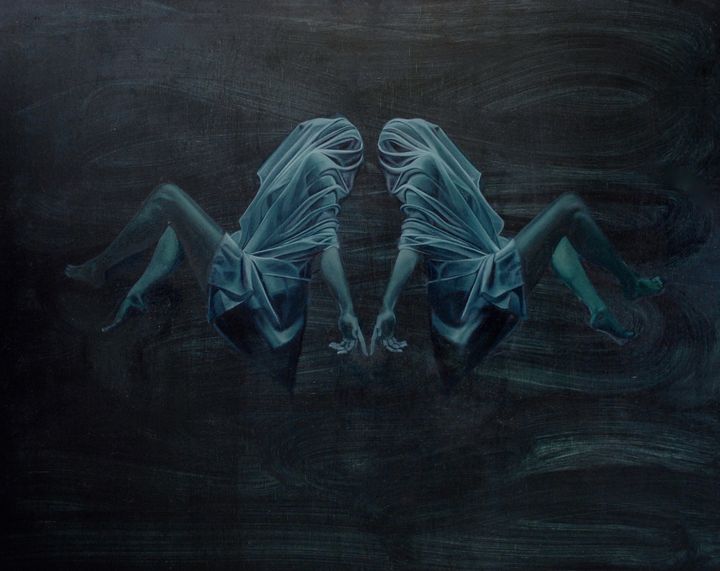
“Missing Misses” by Sarah Tompkins.
Danny Roberts, award winning illustrator whose twilight space of concept art and graphics convey a global renaissance.
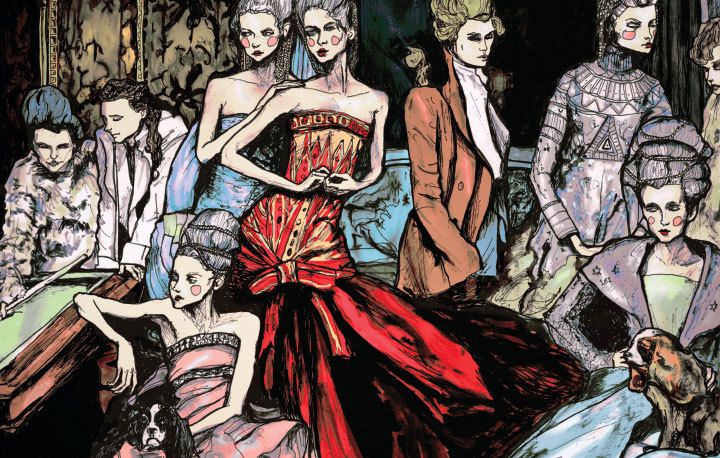
Fashion renaissance illustration from Danny Roberts.
Jason deCaires Taylor, qualified underwater naturalist who founded and created the world’s first underwater sculpture park, situated off the west coast of Grenada in the West Indies - it is now listed as one of the Top 25 Wonders of the World.

The Thames of London sculptures by artist, Jason deCaires Taylor.
Studio Job, Job Smeets and Nynke Tynagel founded Studio Job in 2000. The studio was established in the true essence of the Renaissance spirit – where traditional and modern techniques are combined to produce once-in-a-lifetime objects.
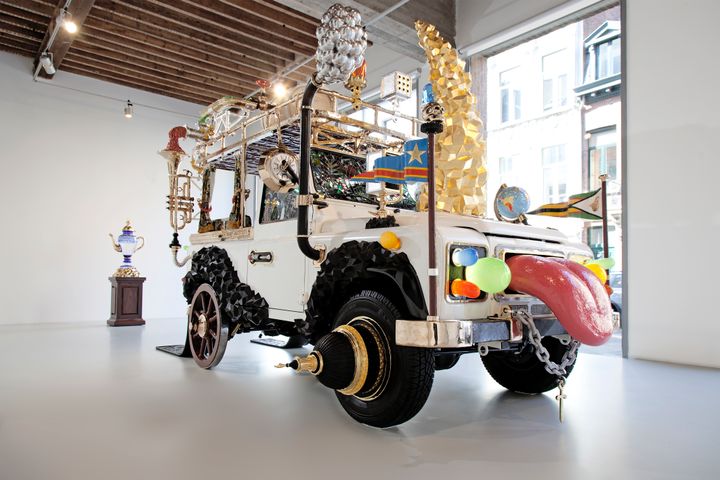
Automobile. Louise Blom for Land Rover.
PangeaSeed, forges a synthesis between creative expression, nature, and society to (re)connect individuals and communities with our planet’s most important ecosystem by following our core values of sustainability, education, ecology, and design.

PangeaSeed water tower.
Zoe Bradley, whose paper dress grew organically from hand pleating large pieces of paper. This started her on a progressive and continuing journey of creating intriguing sculptures in unexpected materials.
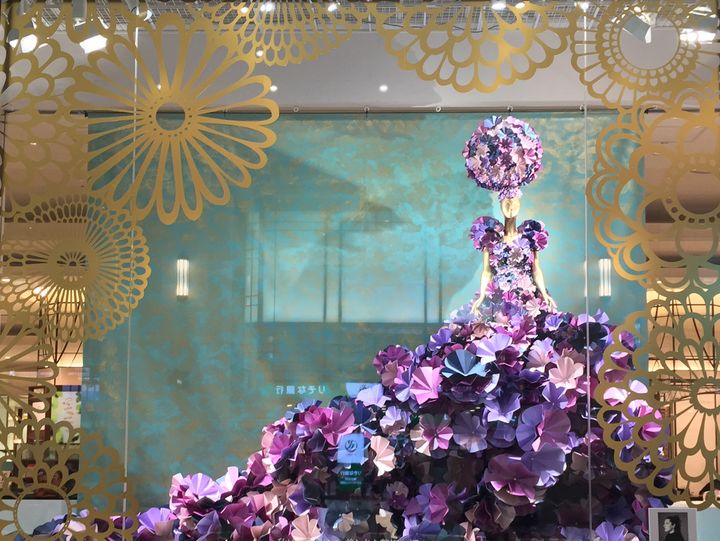
Hydrangea Dress by Zoe Bradley - Hankyu Department Store - Osaka, Japan.
Hari & Deepti, Graphic designer Hari Panicker & trained artist and interaction designer Deepti Nair begun experimenting with their unique approach to illustration and crafts in 2010. Hari & Deepti’s key implemented factors in design are Paper Paint & Pixel, believing ‘Paper is alive’ using cut out paper, light boxes and LED strip lights.
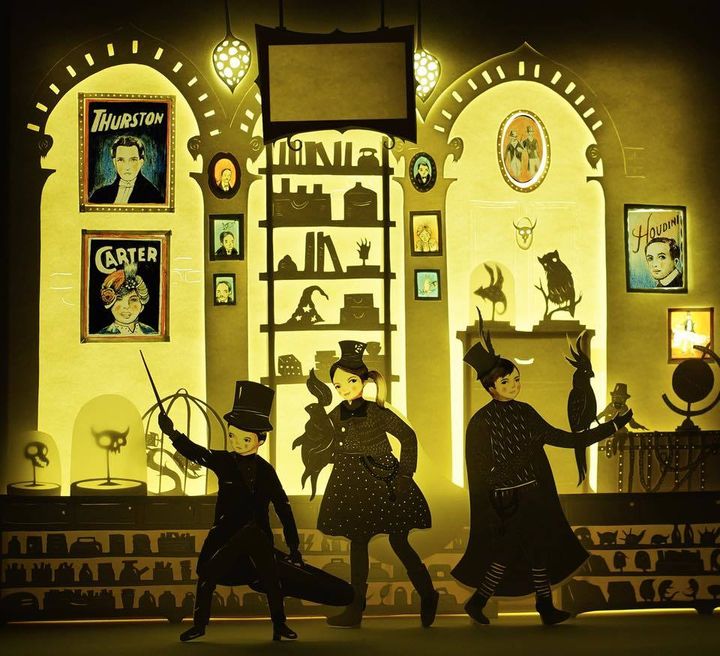
Hari & Deepti.
Natalie Shau, the mixed media artist and photographer, who transports you to a hybrid of fairy-tales imbued by digital drawing and photography, screened internationally.
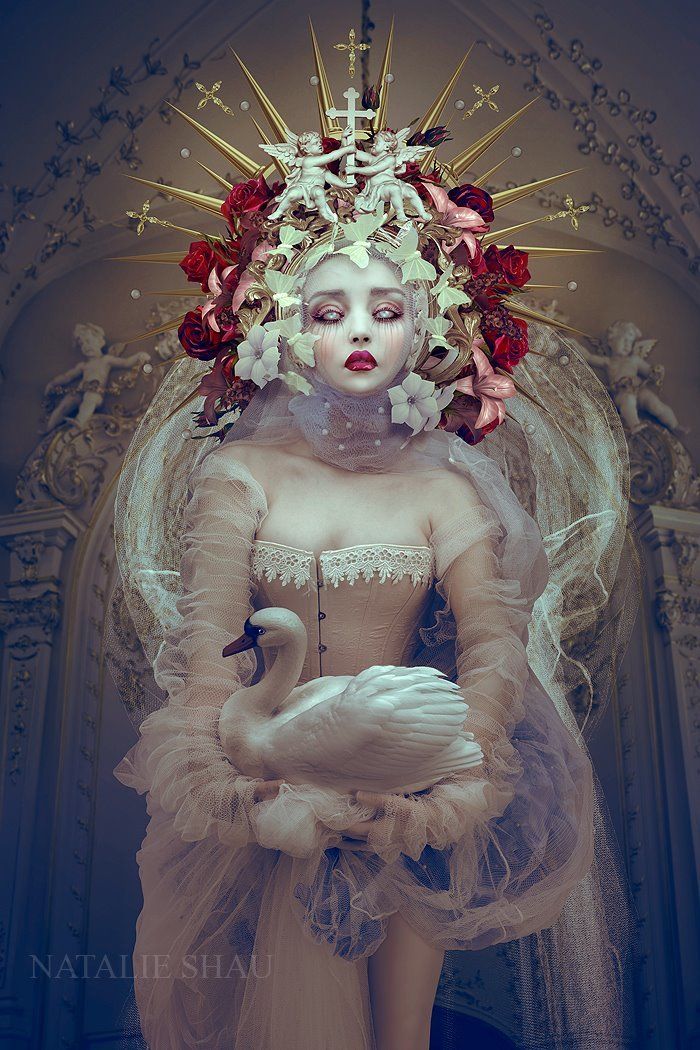
Natalie Shau.
Tristan Eaton, started pursuing street art as a teenager, painting everything from billboards to dumpsters in the urban landscapes of the cities where he lived, be it London, Detroit, or New York. A pioneer in the field of graffiti and designer toys, he has worked with toy-production Kidrobot designer, Paul Budnitz, Game of Thrones and PangeaSeed Foundation.
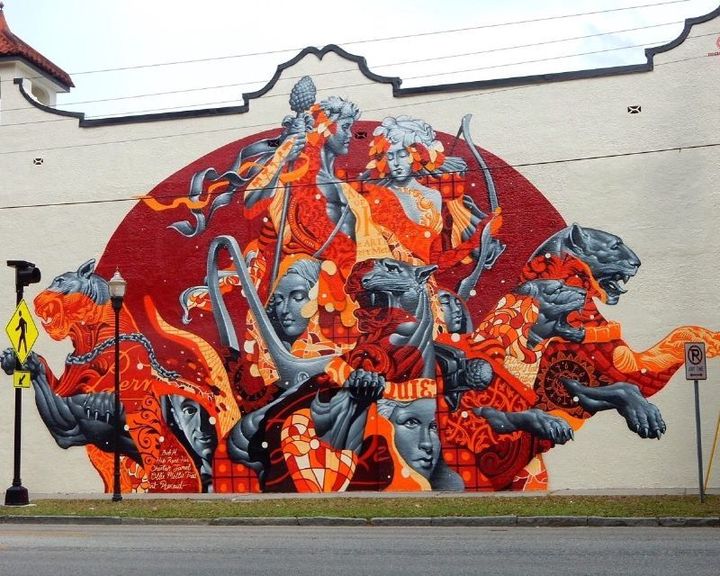
Tristan Eaton.
Differing from a physical gallery exhibition, the digital collective means that the artists have a platform to express their works and views for all of the world to see without traveling across the globe. Creative Director and Editor, Florence Bailey, talks about the collaborative efforts of the large team that came together to build what is a creative exposition of diligently selected works, from artists on a global scale.
Interview:
It’s exciting to see online exhibitions, as the world is moving more and more digital. What are the advantages and disadvantages of online only, and do you think the reactions will be/are very different?
I think that it is exciting times for both digital art and contemporary art. Technological developments I believe only add to this. Digital is fantastic for exhibitions such as this, allowing for a very young magazine as ourselves to produce projects such as this, which would usually take a lot more by way of budget and manpower to get up and running in the time frame that we had; it really tests our creativity. It also permits to reach a larger international audience through a few clicks. Although its pitfalls for a young company is that digital exhibits can appear 1D and you are dealing with social media concentration spans, which are very different from avid gallery visitors, so of course there will be significant disparity in social reactions and interactions as they differ in terms of audience experience.
What kind of a social impact are you hoping to engender?
Our exhibitors take a realistic and serious approach in how we can create more sustainable fashion and art, many of our exhibitors are committed to either causes that also promote and educate individuals on these issues or are advocates themselves. Particularly surrounding sustainability and using recycled materials to create dynamic pieces; Nikoline Liv Andersen is a great example of this. As an exhibit, if it is able to inspire just one mind to become more environmentally conscious and act on that, then there is opportunity to impact upon other minds.
How did the theme ‘21 Wonders of the World’ arise?
Both the curator [Rocio Fraustro] and I, have what seems to be an innate obsession for the ocean and fluidity/lucidity in art. The only element that significantly differs between us is that digital and new technology is always at the forefront of my thoughts. I remember stating to Rocio “for our follow-up how can we implement this adoration for the waters in our next exhibit?” At the time it just so happened that she had been following PangeaSeed Sea Walls and how passionately they advocate raising awareness for the preservation of the marine species. And there was a complete synergy where creative thinking was involved during this period, as I had become completely engrossed in Jason deCaires Taylors underwater sculptures from Mexico and Grenada. And so came about the planning for the Beauty In Wonderland exhibition.
How are you promoting the exhibition?
We decided to stick with digital. As an online magazine and an online exhibition we wanted to continue with this theme and remain with online marketing. Social media has been an integral element, whilst implementing other forms of digital cross-promotional marketing to support this.
It seems like you have artists’ works from all over the world, London, New Zealand. How was this exhibition curated?
Rocio Fraustro is the curator of the Beauty In Wonderland exhibit as I mentioned. She is currently based in Chicago and we are based in the UK. We already have a network base of artists and contributors that we work with internationally. After we had selected the artists, the pieces to be exhibited and Rocio had completed the final shortlist we then went about working with artists directly and having them involved as a collaborative project.
From artists to media partners we worked together as an immense body of collaborative work and for those that could not always be involved directly due to their schedules they were always available to provide feedback. When you are representing artist that have taken years to produce their works it is important to not only represent them in the best way possible but to also have them involved. So although each artists was diligently selected by the curator, it is a collaborative project.
Is this a part of a series, will you be doing more online exhibitions in the future?
Each exhibition is independent to that theme/project. We will definitely keep producing many more online exhibits and not just online. We are also planning to have our next exhibit in a physical space, integrating online features to this exhibit, but I can not go in to detail about this at present. As long as there is a market for it then there is a place for online exhibitions.
Is it exclusive in the sense that the content will only be live online for a short period of time like a gallery exhibition?
For the Beauty In Wonderland exhibition there is a level of exclusivity, one of which is that there will be two high-profile artists selling their work exclusively to WHYTT for a short period of time. It is not your traditional gallery, therefore, in that respect, we have not made it so exclusive that if you miss it you miss out. The objective is to make art accessible. In an age where we are so interconnected, why not show these amazing artists, illustrator’s designers and so forth, to those that may not necessarily be looking for them and expand their minds further?
You mentioned this being a highly collaborative effort, can you tell me about everyone’s involvement, and what roles they played in piecing this together?
As I pointed out earlier when you are representing artist’s such as these it is not enough to just represent them they need to be involved in the creative process particularly when it is a collaborative project. Thus there was creative input from exhibitors as well as from us. For example for the Studio Jobs exhibit Maarten Statius Muller ensured that stylistically the images and layout was represented in a way that best fit Studio Jobs brand and provided support on how other artists could be better profiled as a digital exhibit and Sarah Tompkins who is the youngest of the exhibitors curated her exhibit alongside Rocio and I. Our web developer Ben Wallis, worked non-stop to re-design the site alongside myself and the rest of the team – Usually with me sending floods of crazy screaming emails ending in “is this ready yet?” or “I’m creative not tech, right now your speaking tech-hebrew can you send me a visual?” or something of the like and this was how we worked through these building stages.
Our Media partners are Elizabeth James Art, Ermana Skincare, Design Exchange Canada, Be Artist Be Art, ScaleUp Business and David Simon Contemporary art. They provided not only support but aided in much of the marketing as well. Not to mention Jon Richards from Jane Richards who from the back end has worked to help push the exhibition and who we hope to work with for future projects. But this is still just a condensed snapshot of the work behind to enable us to get this off the ground. Having said that, without all these involvements and this form of team effort it would be impossible to produce let alone sustain and that is why it is able to be showcased online in the way that it is because a collaborative effort and dedication enabled it to.
